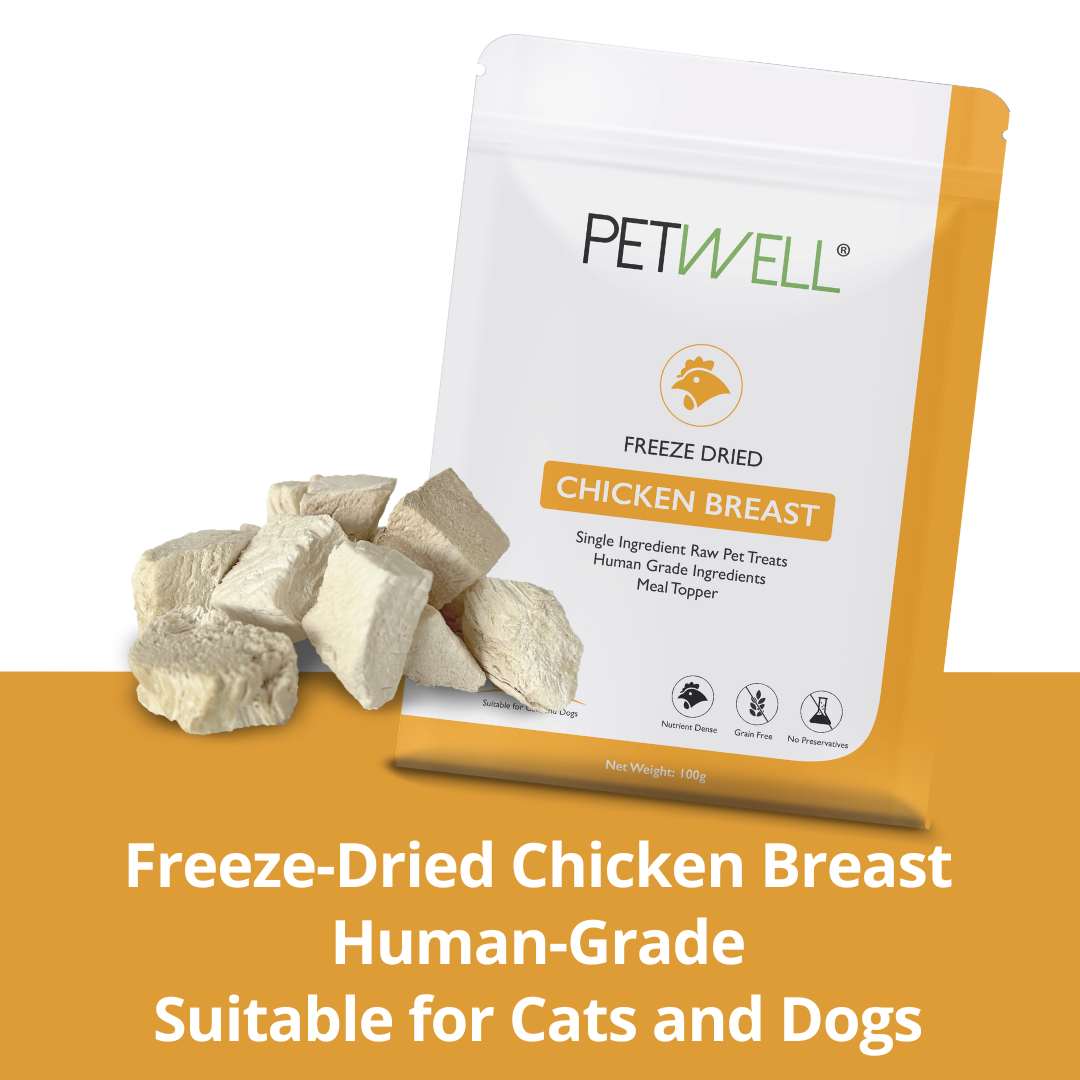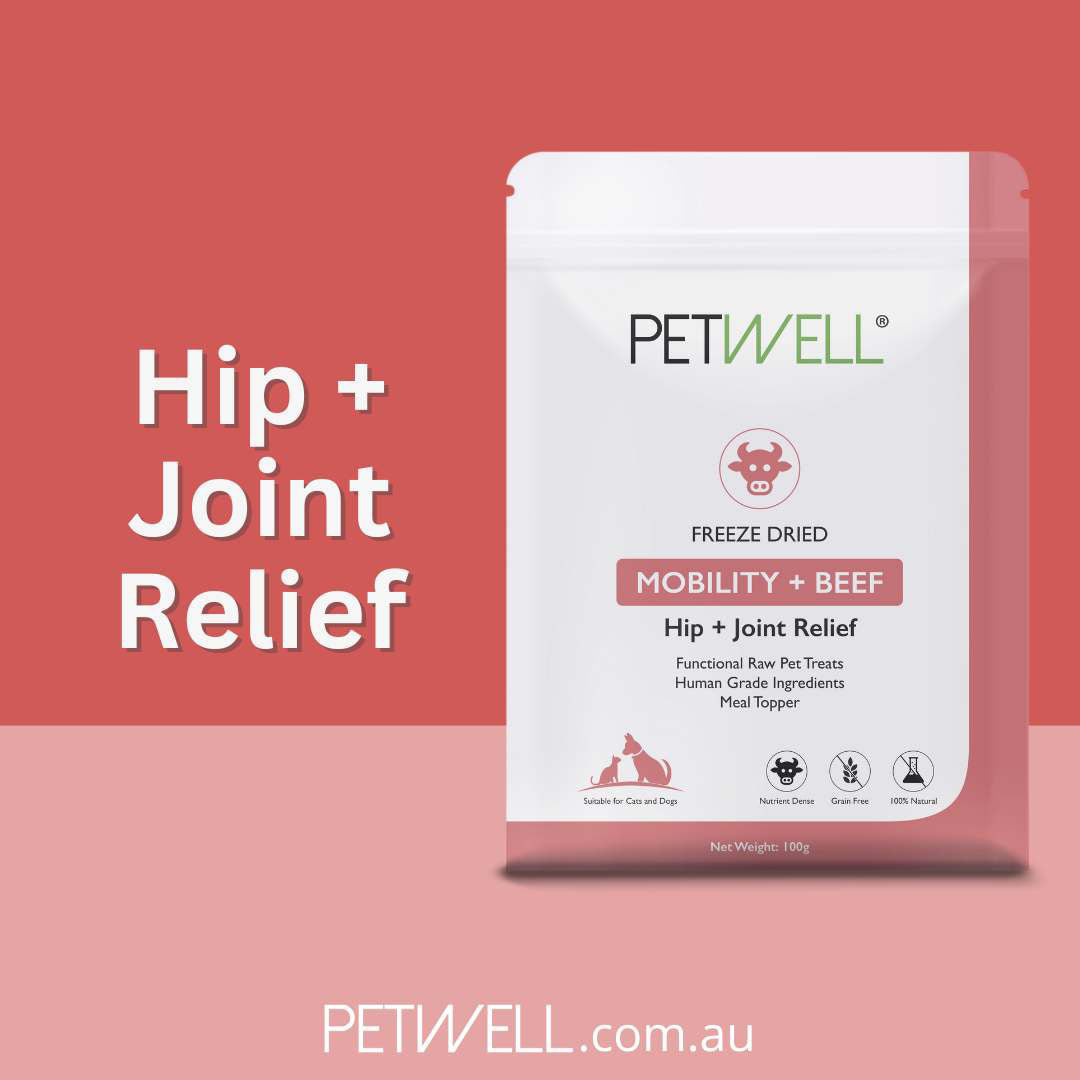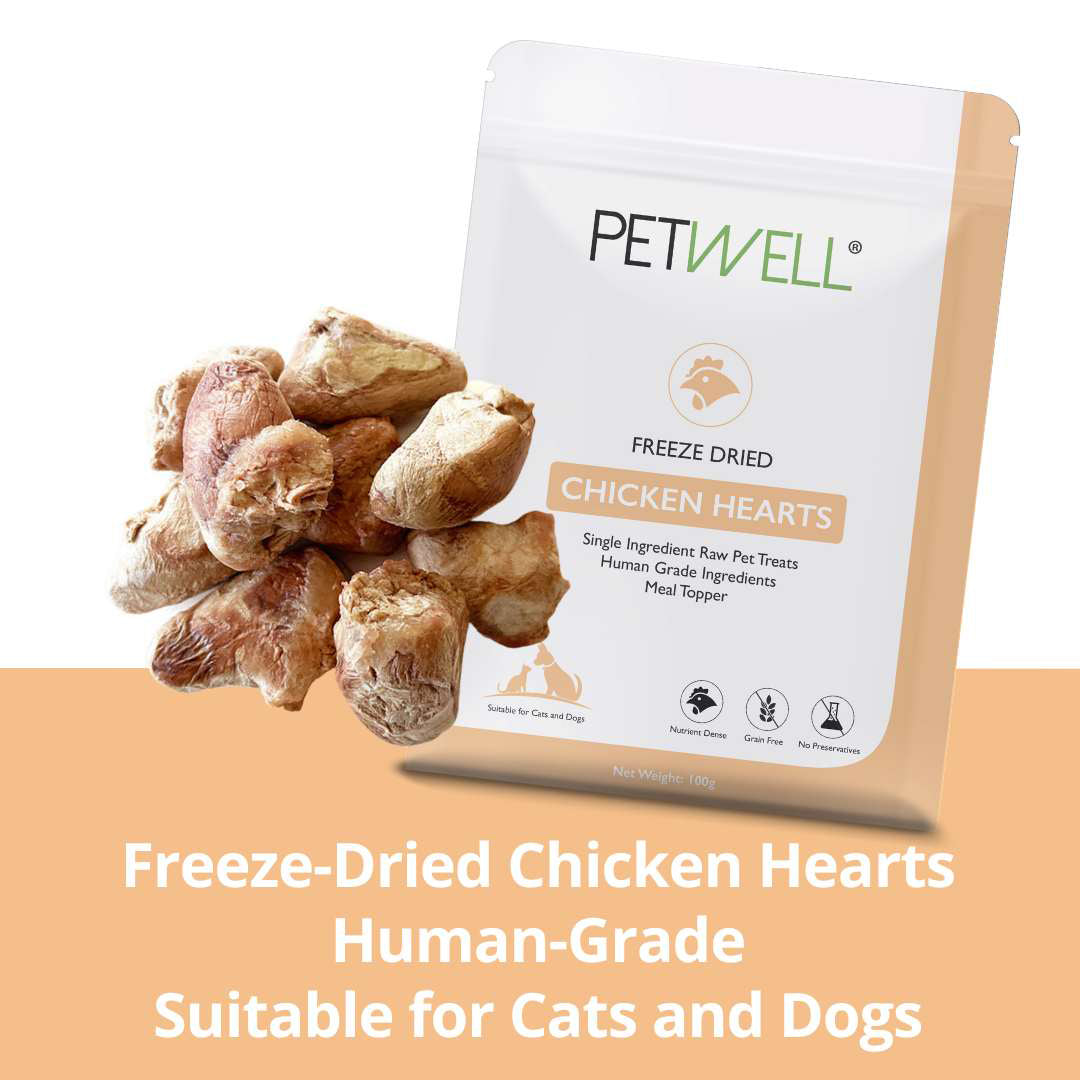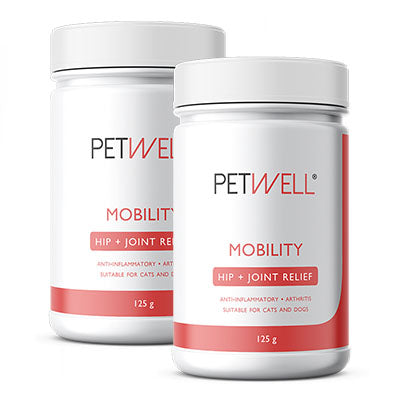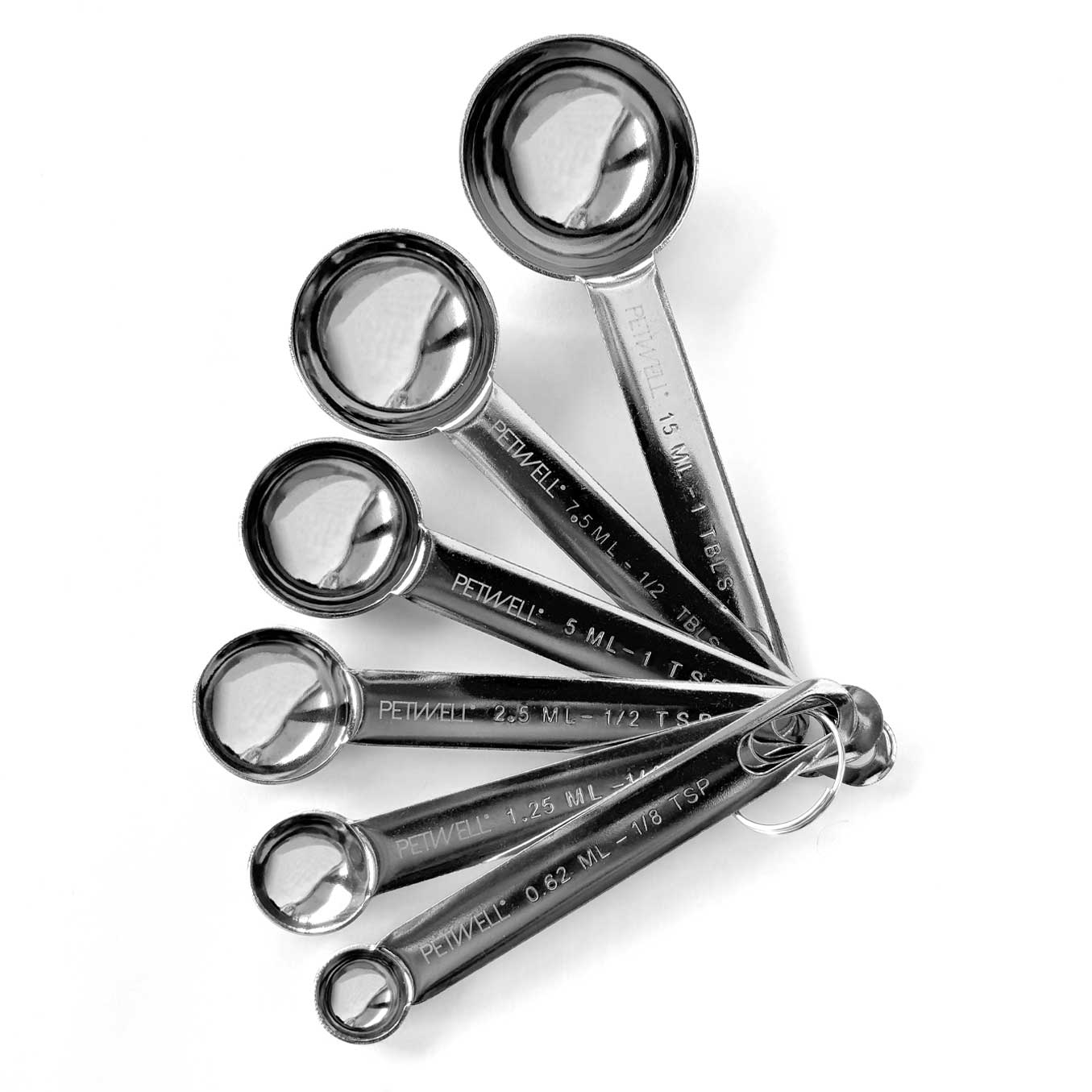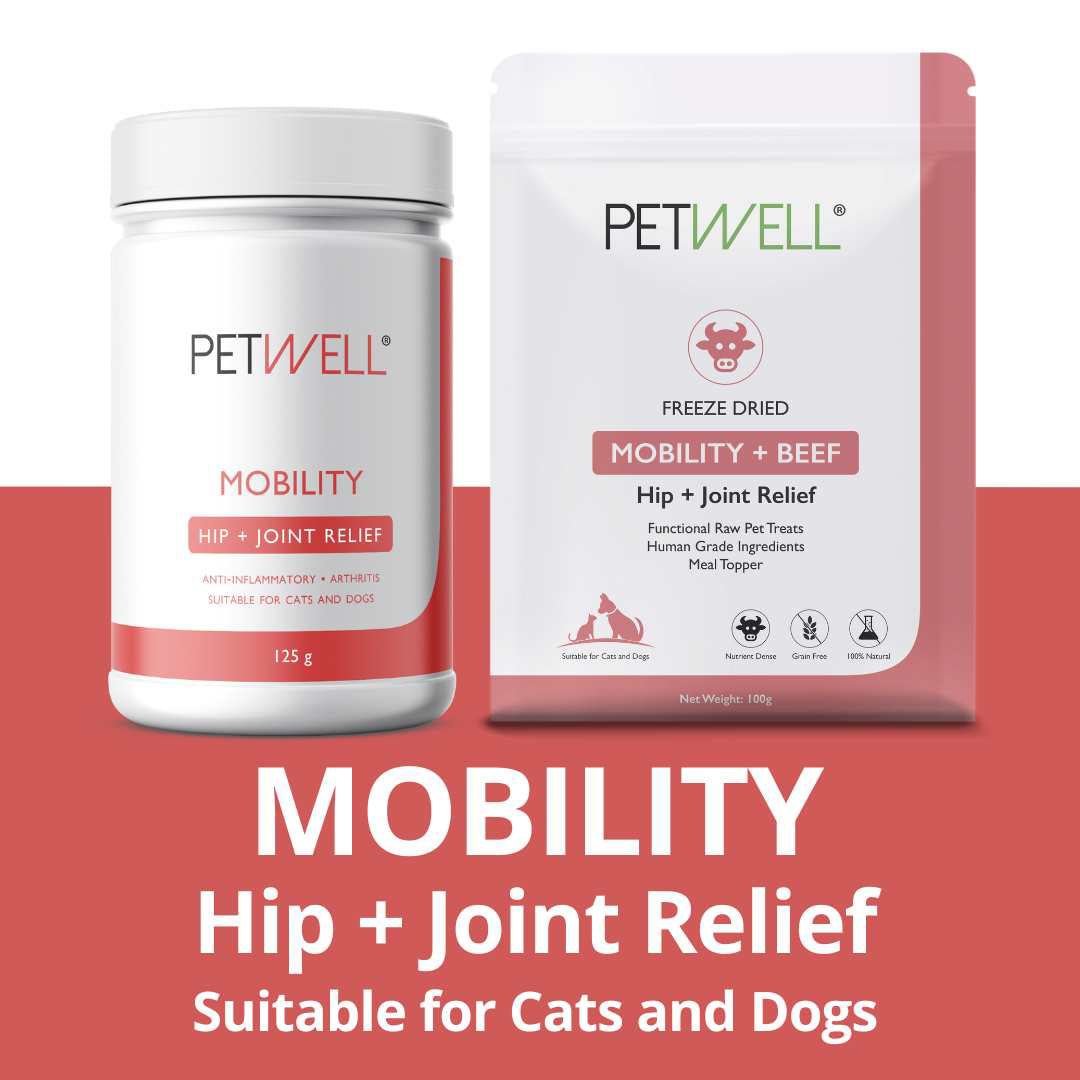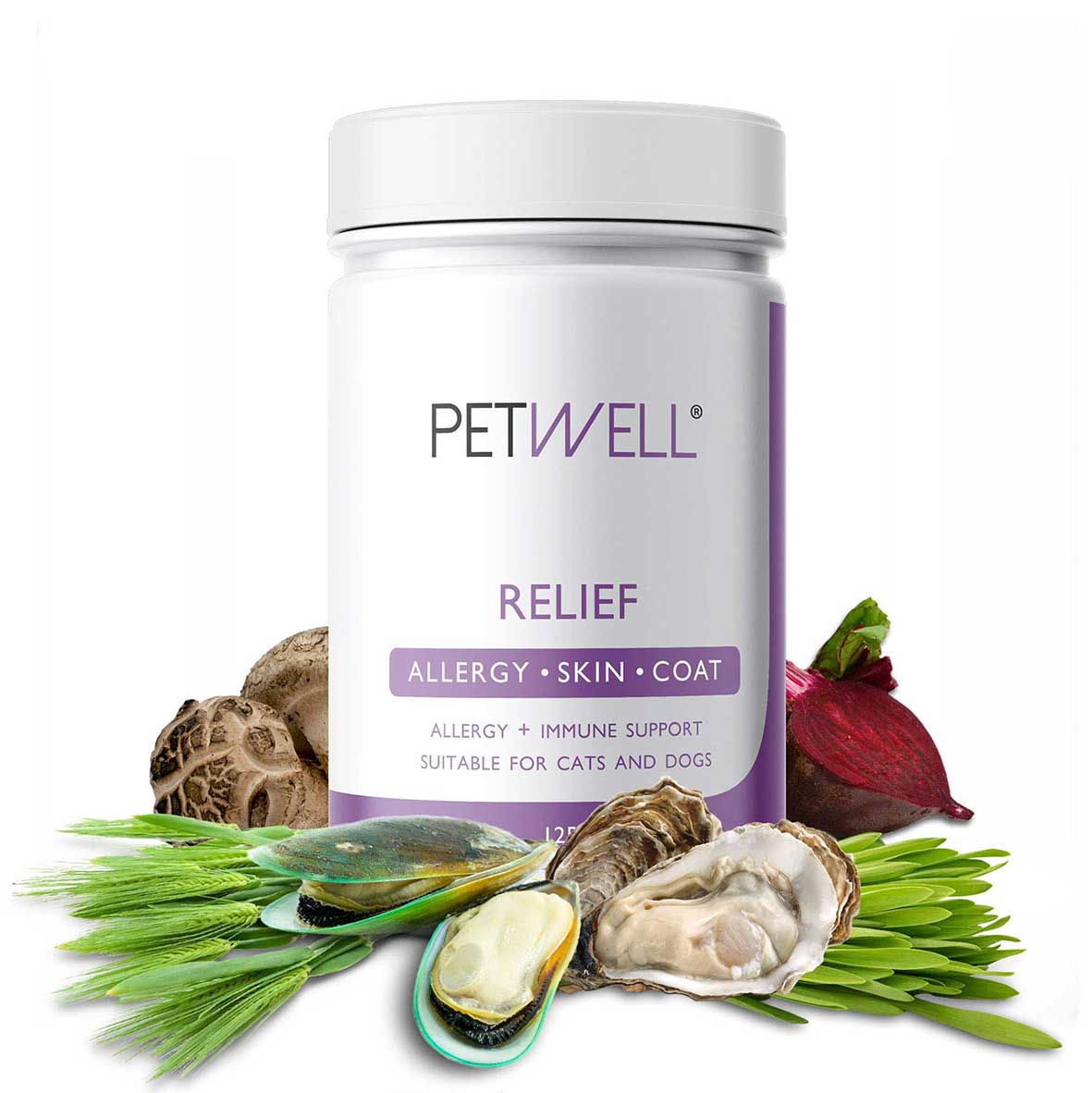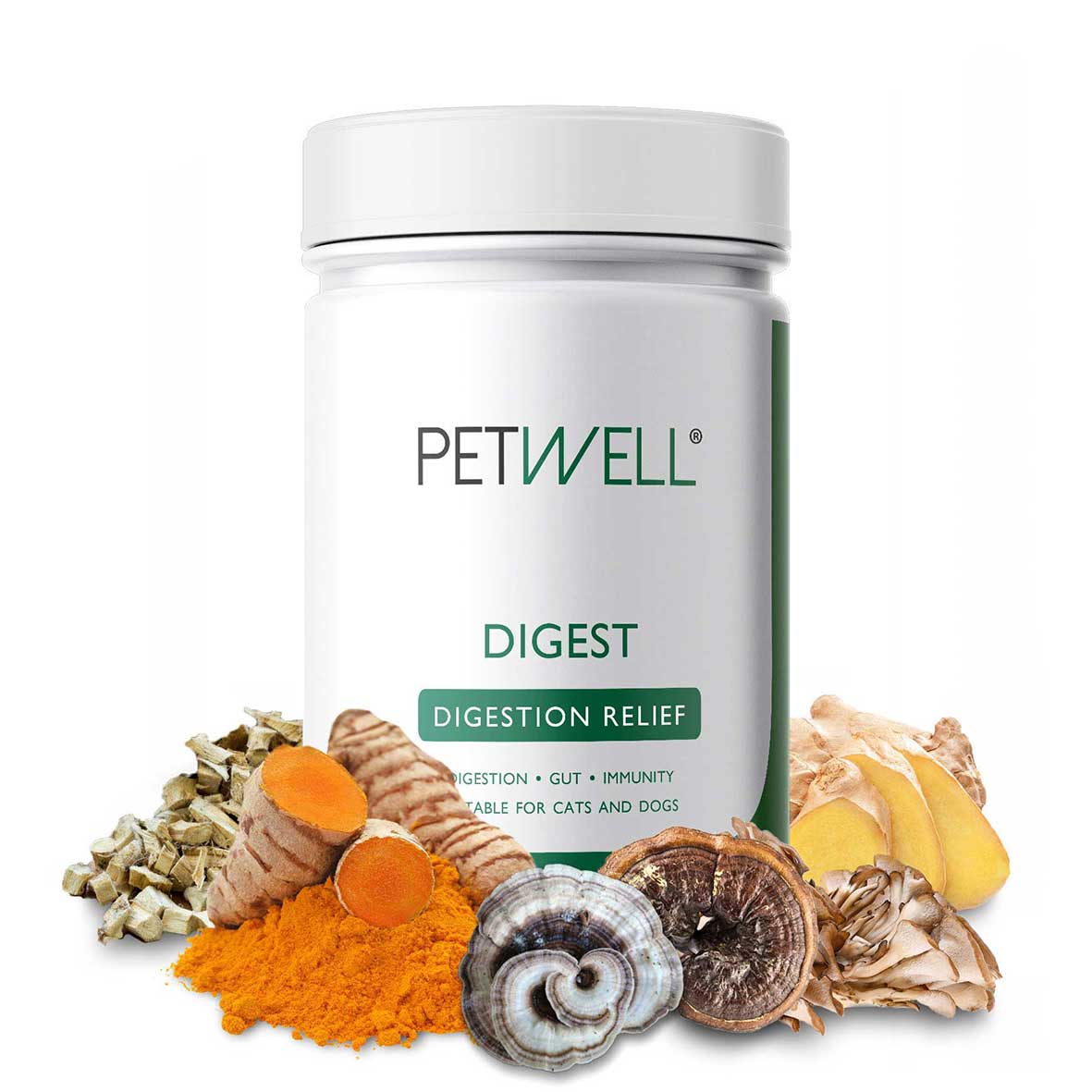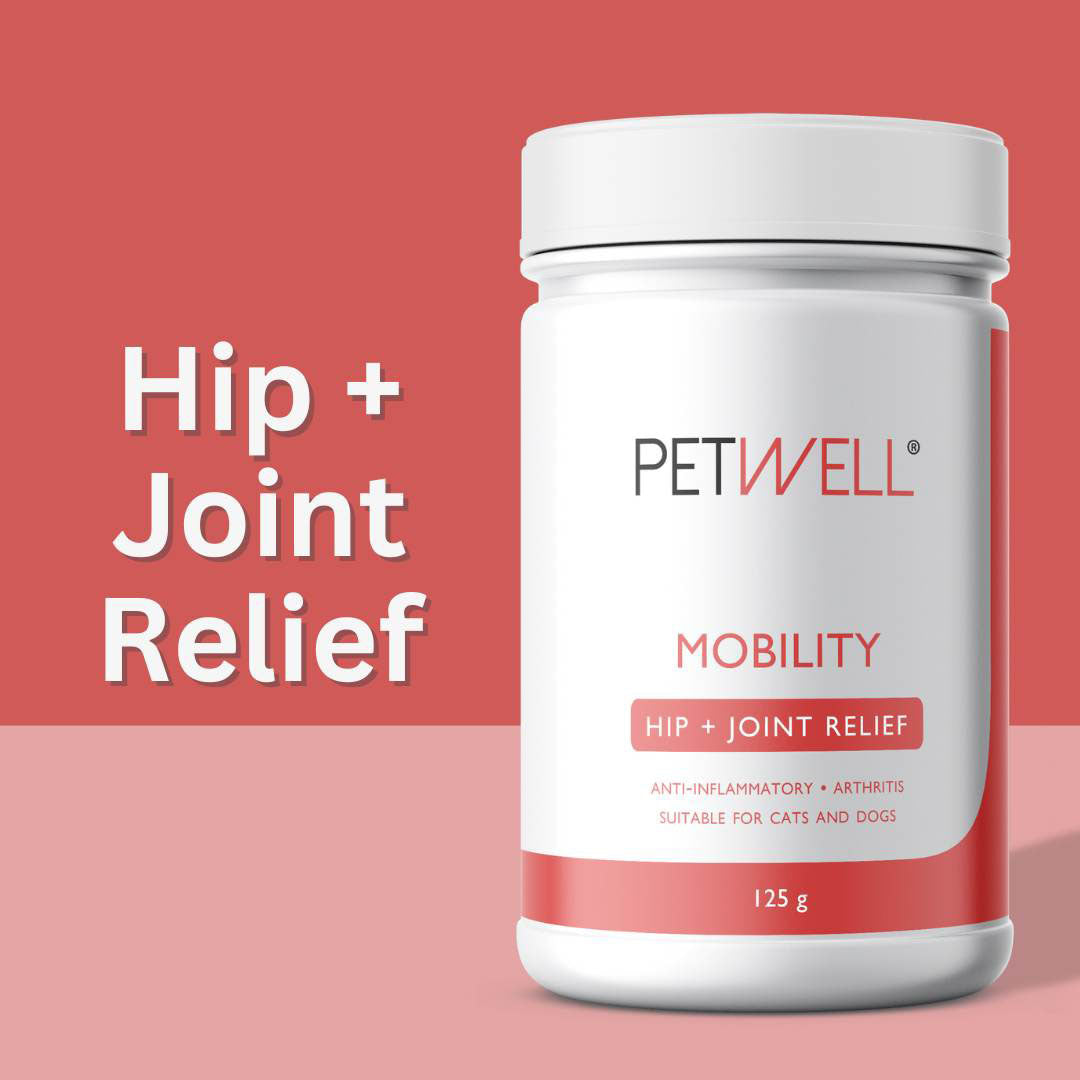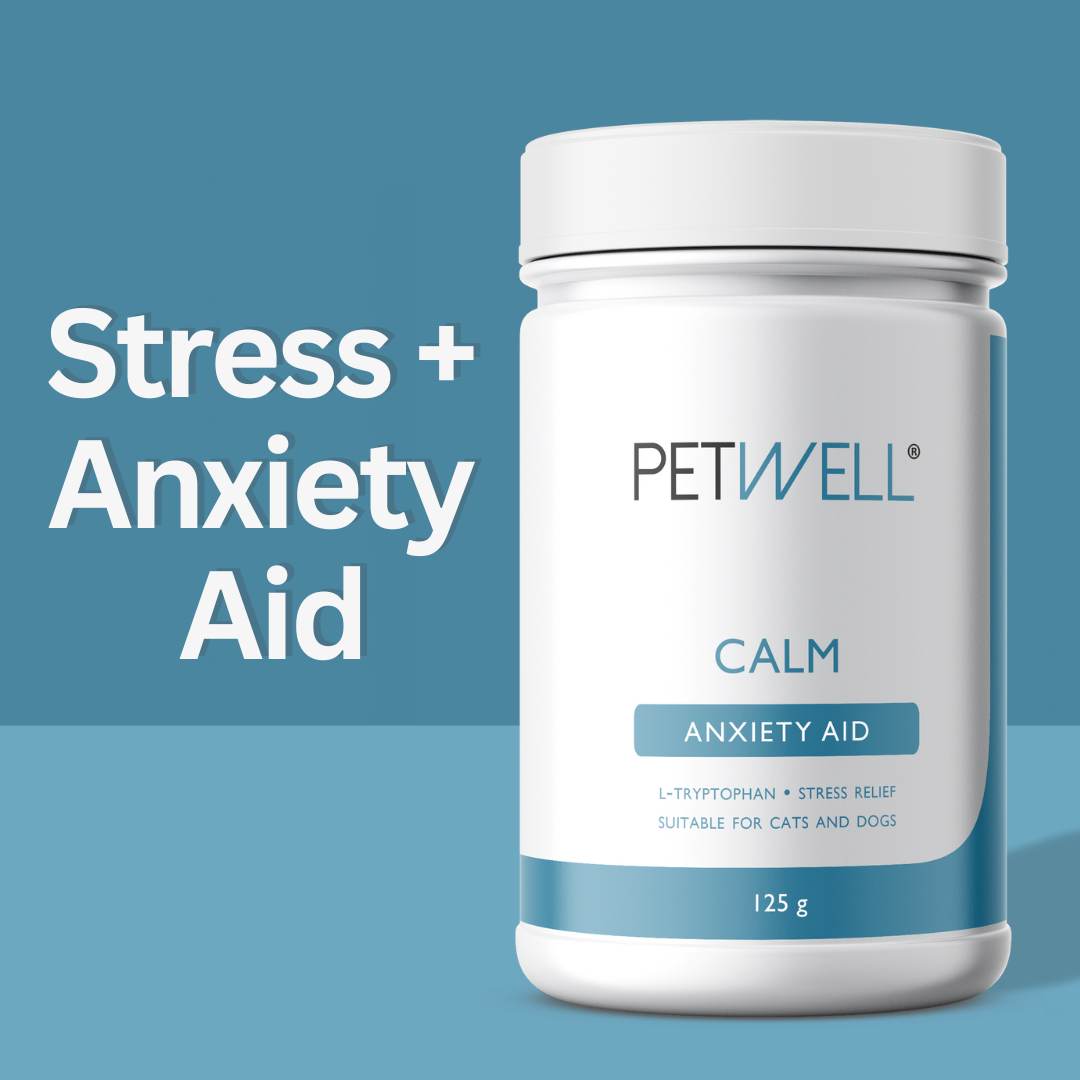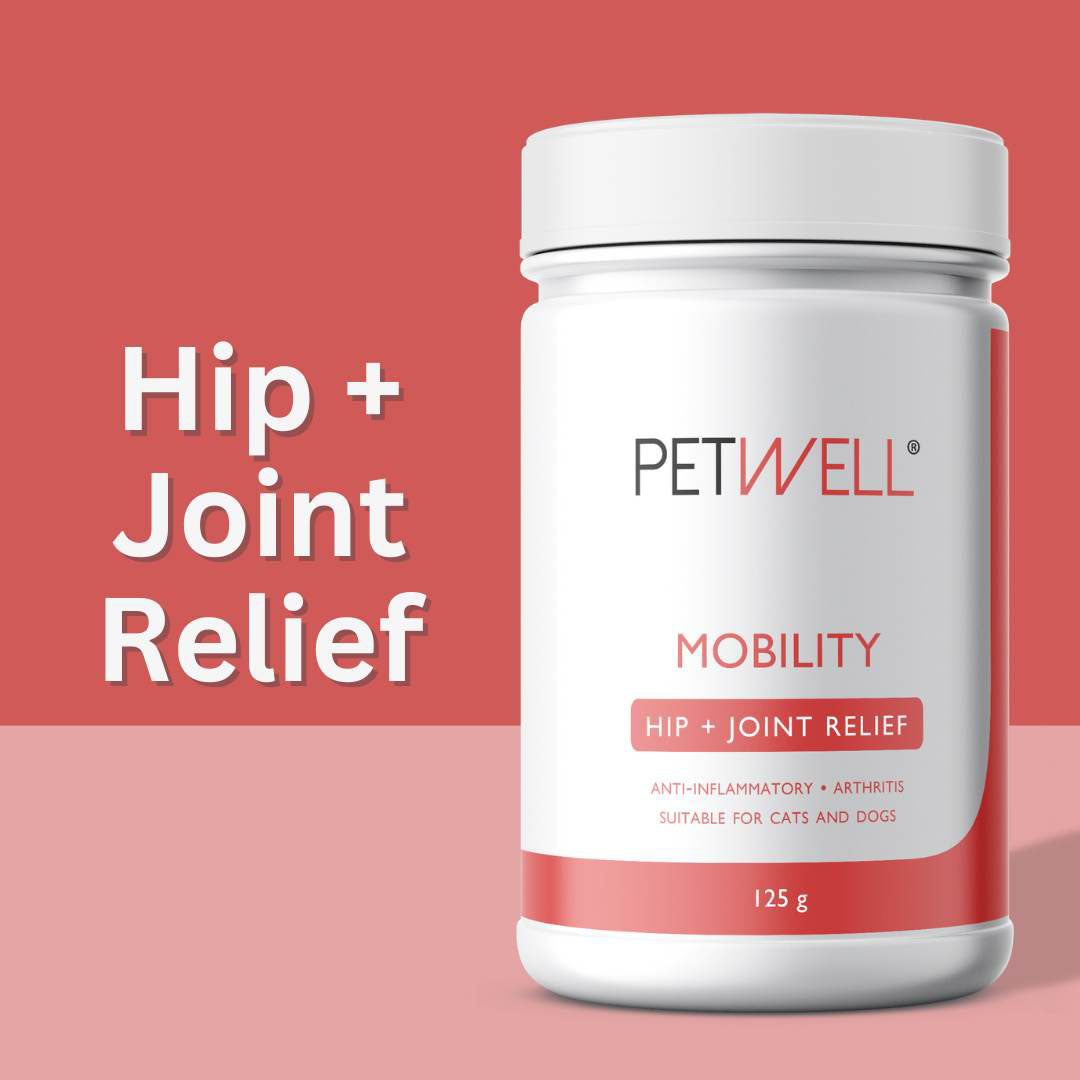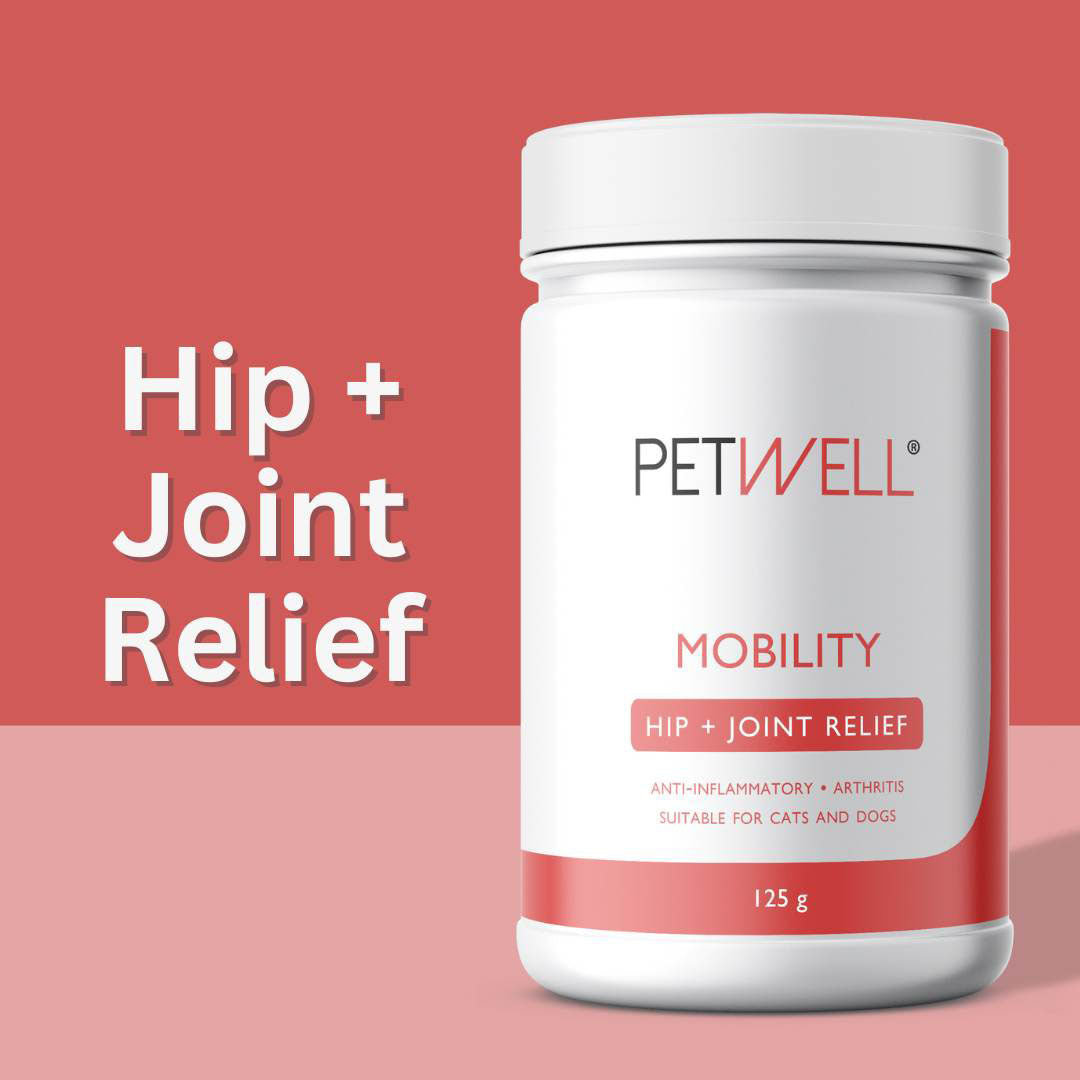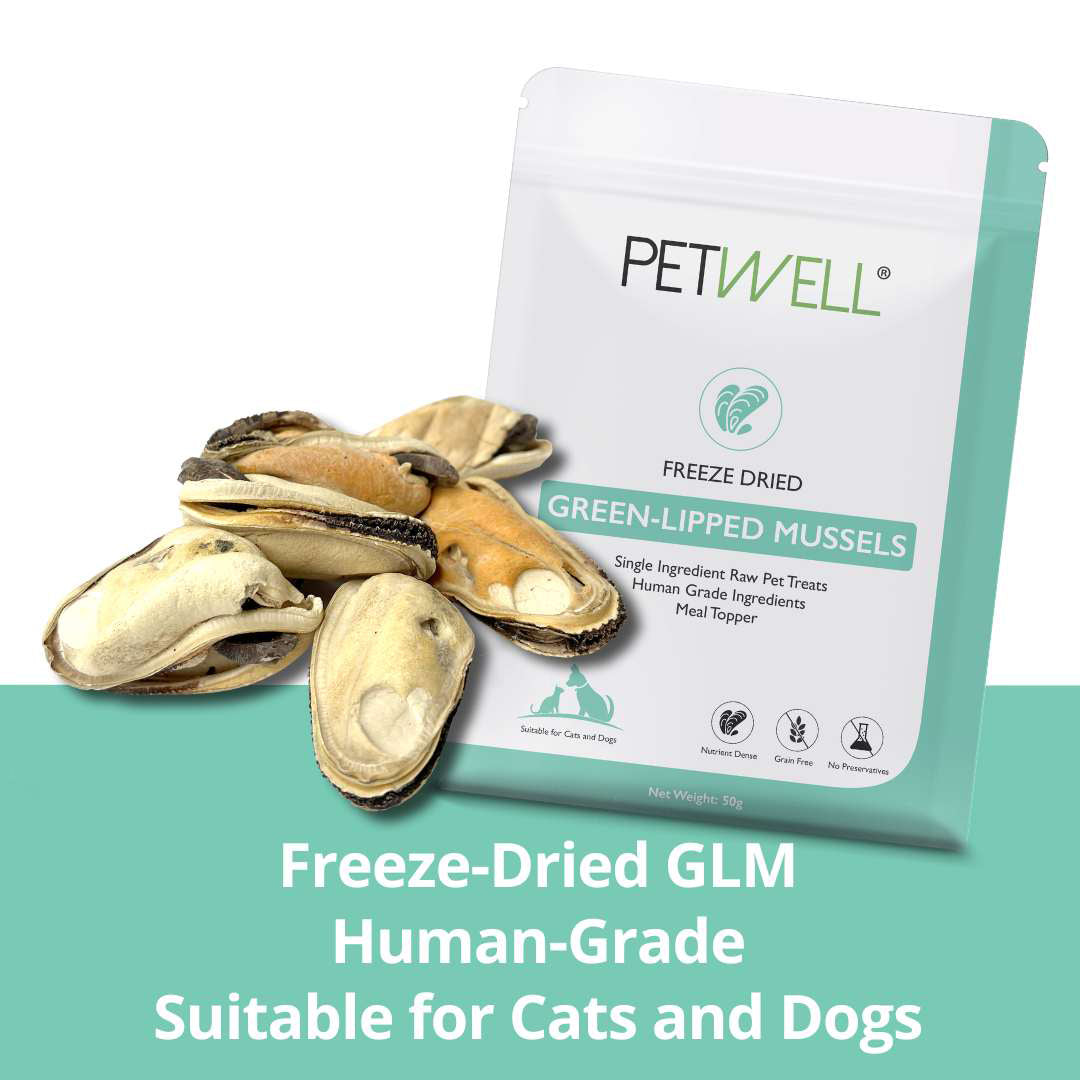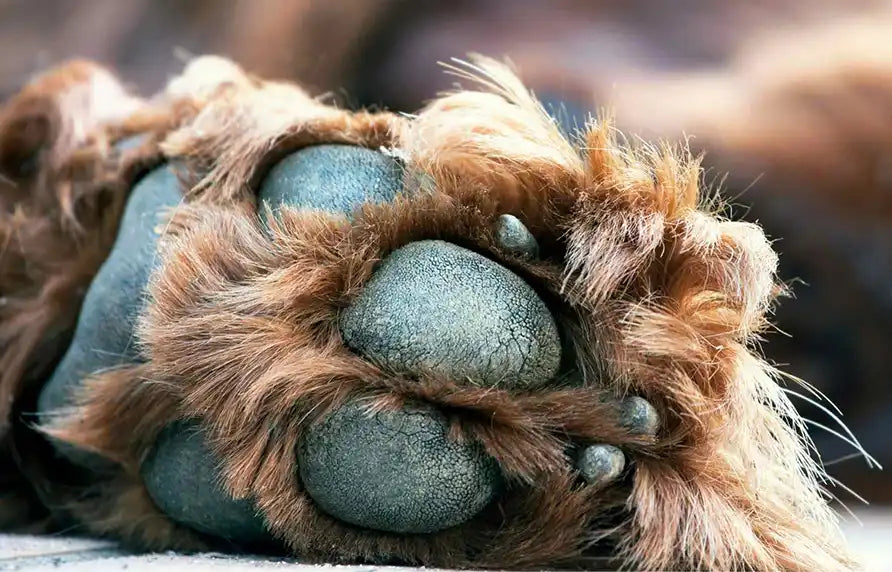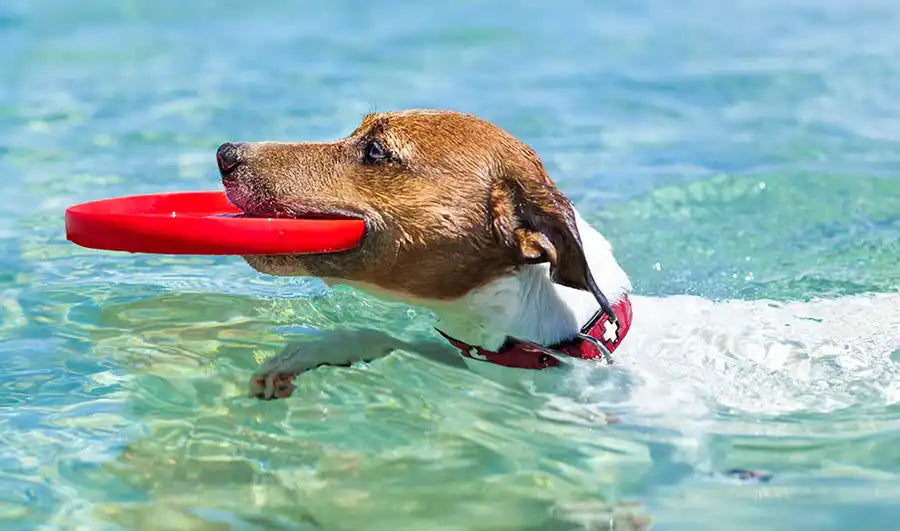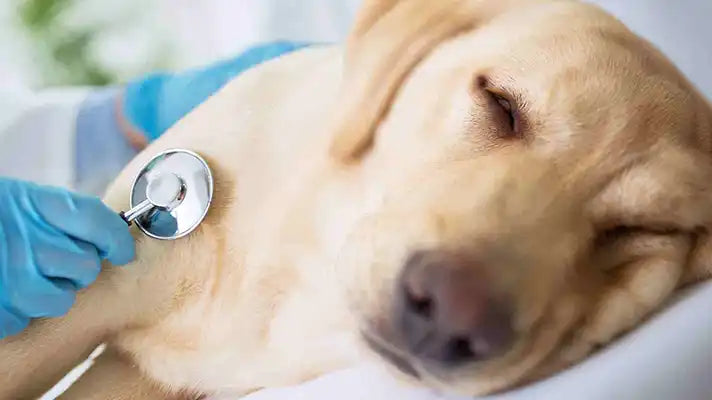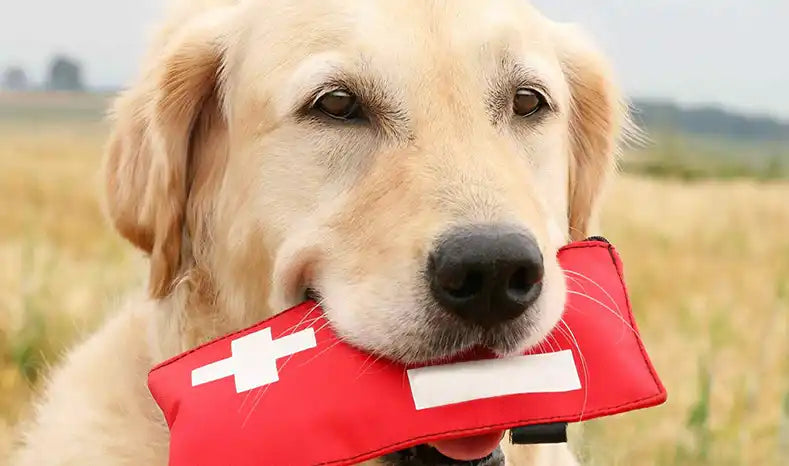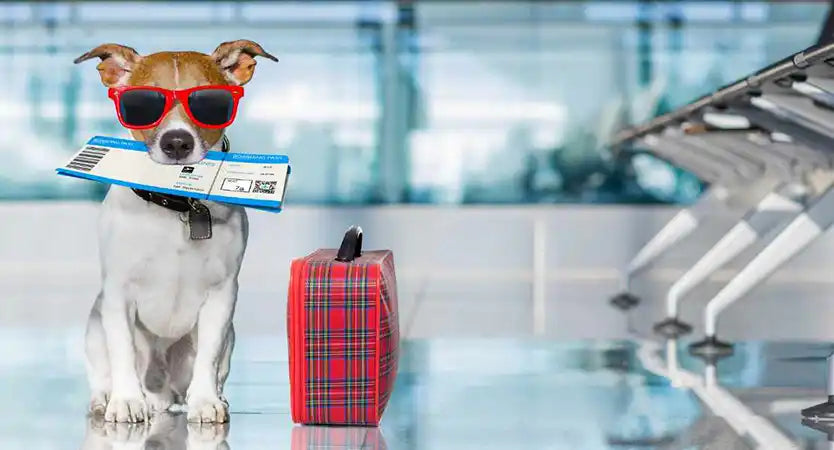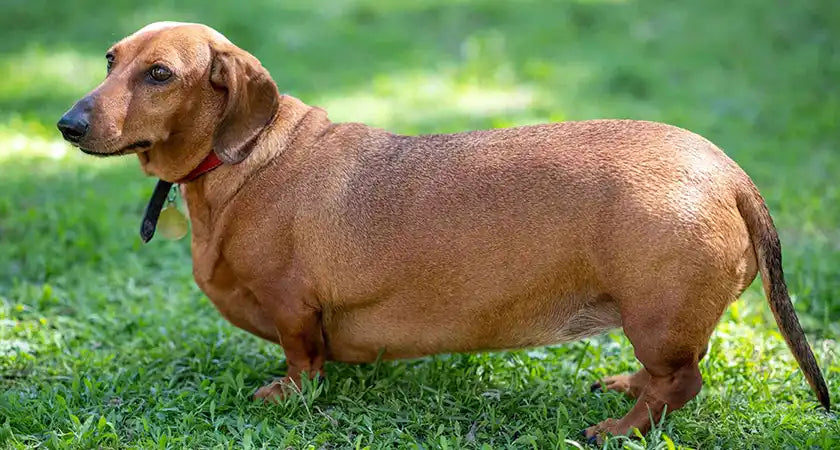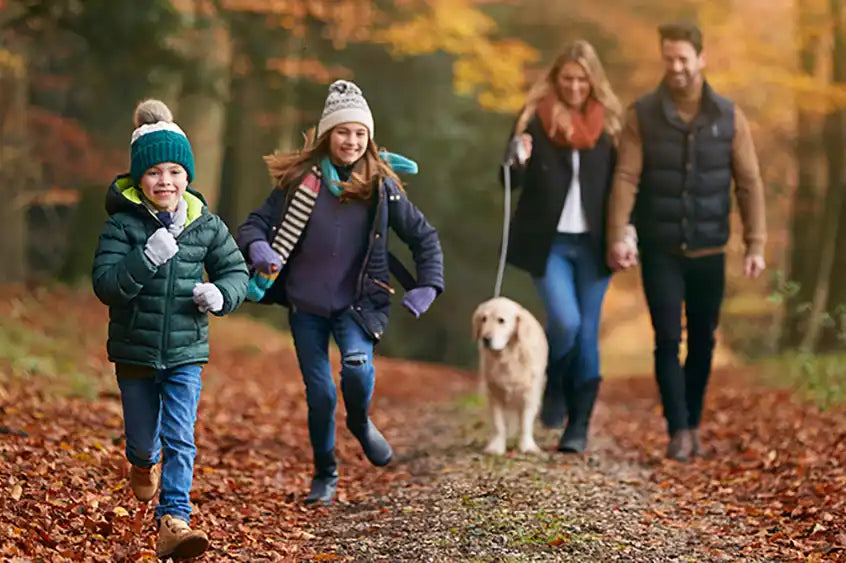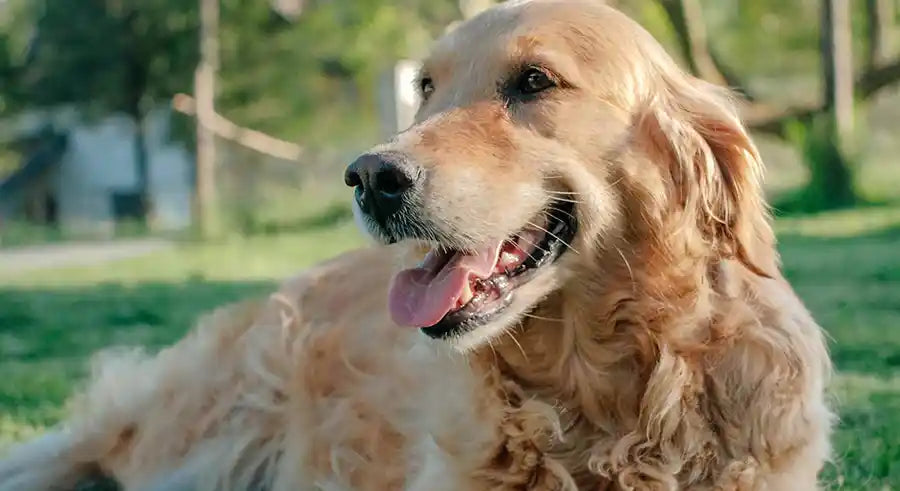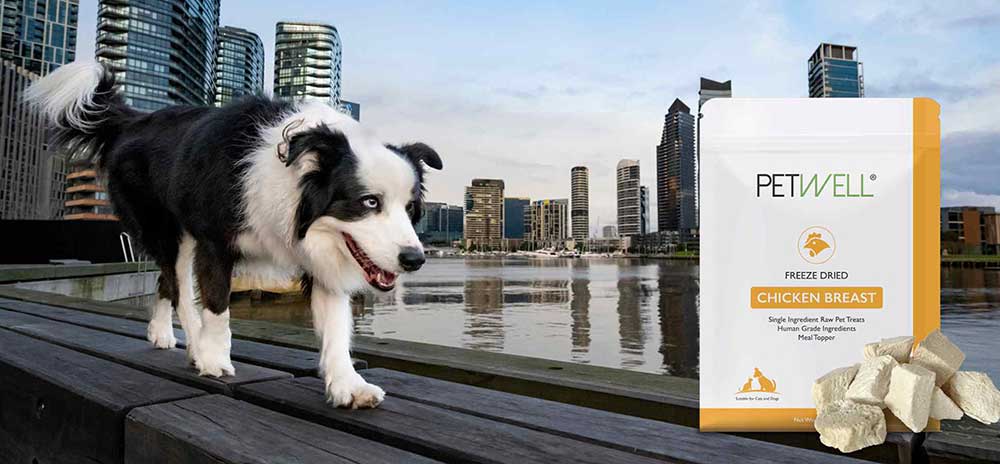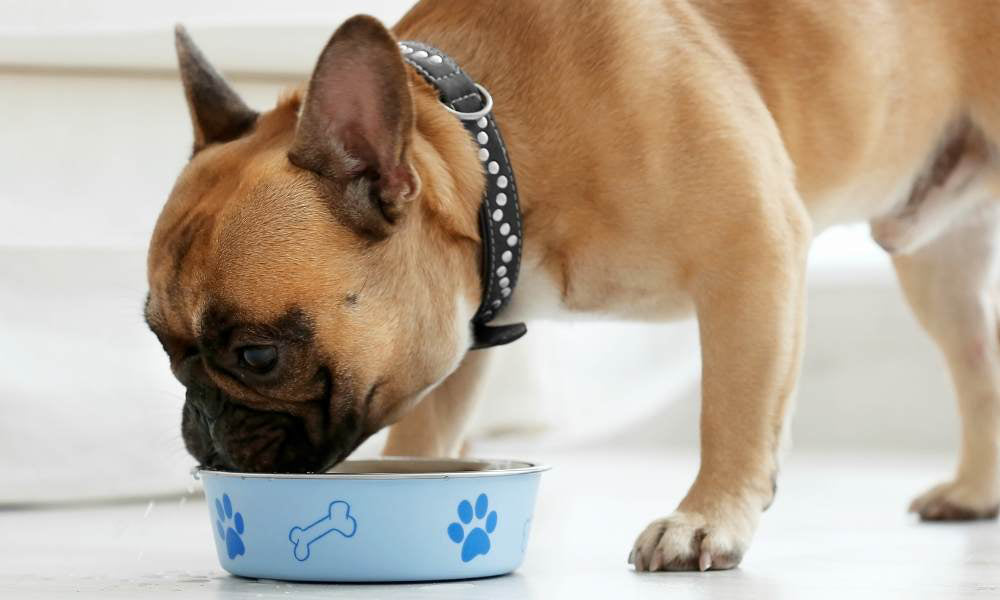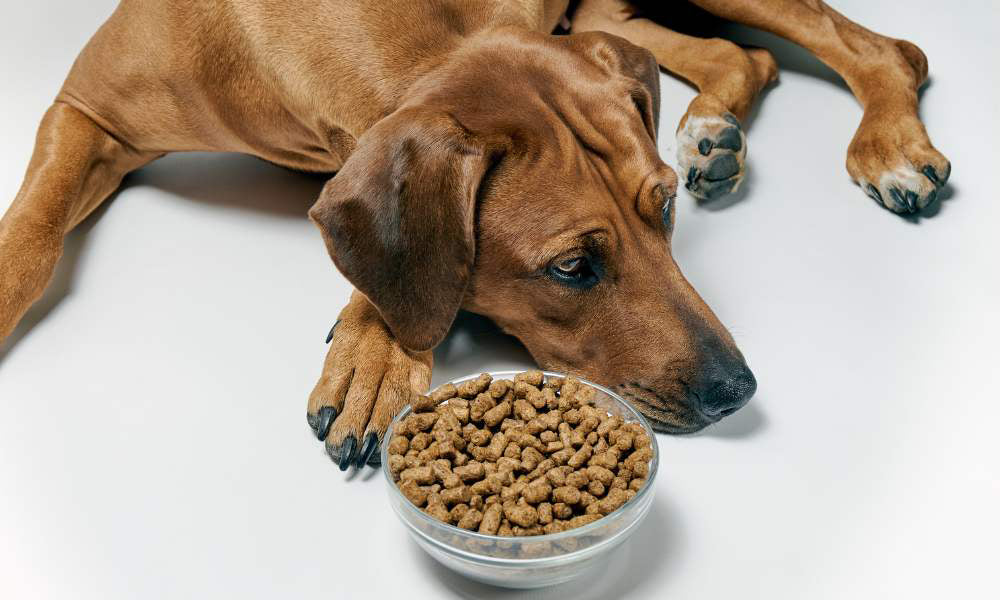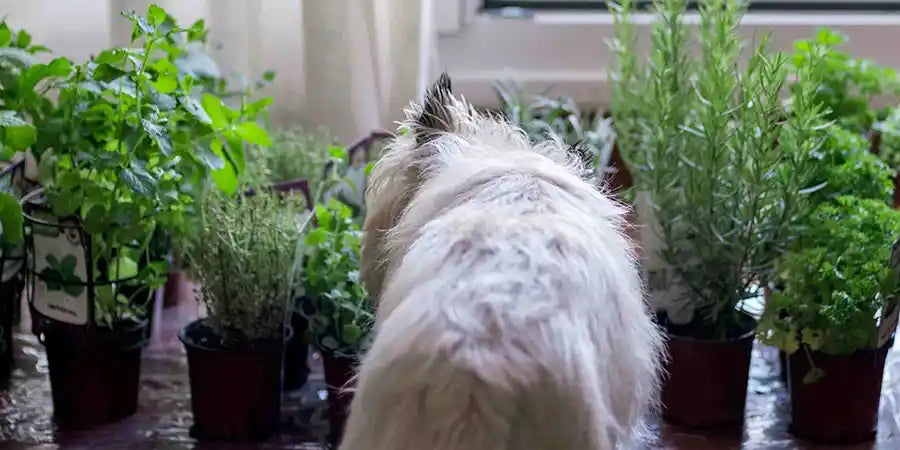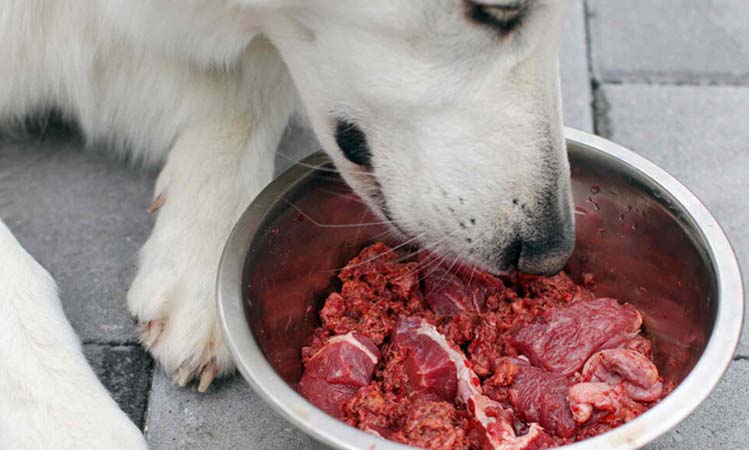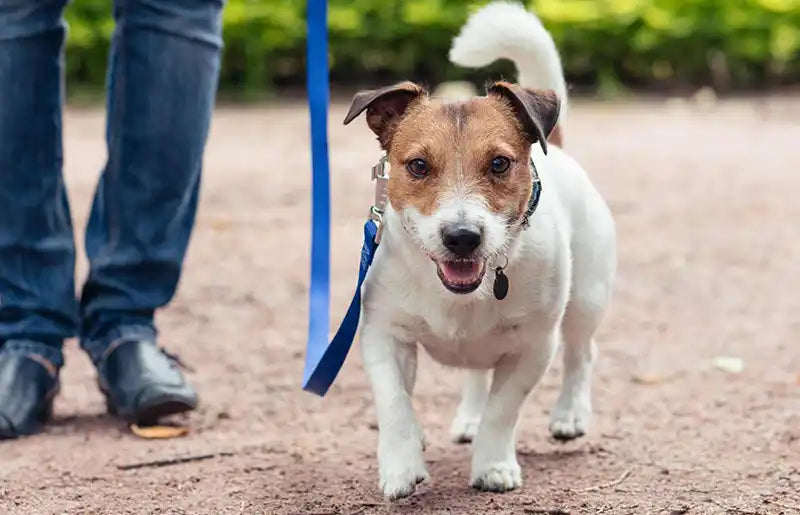Quick Take: Dog paw problems like cracked pads, allergies, infections, and burns are common but preventable. With regular care, paw-friendly products, and the right nutrition (including PetWell supplements), you can keep your dog’s paws healthy, comfortable, and ready for play.
Fast Answers: Common Dog Paw Problems
Q: What are the most common dog paw problems?
Dogs commonly suffer from cracked pads, allergies, infections, ingrown nails, and burns from hot surfaces. These issues range from mild discomfort to serious pain but can usually be prevented with regular paw checks and basic at-home care.
Q: How do I treat cracked dog paws at home?
Moisturise with a pet-safe paw balm or coconut oil, avoid human lotions. Keep exercise light on rough or hot ground. If cracks bleed or worsen, seek veterinary care.
Q: Can allergies cause sore paws in dogs?
Yes. Environmental triggers like grass and pollen often lead to itchy, inflamed paws. Wiping paws after walks and adding natural support like PetWell RELIEF Allergies, Skin + Coat + Immunity can help soothe irritation.
Q: How do I protect my dog’s paws in summer?
Test the pavement with your hand: if it’s too hot for you, it’s too hot for your dog. Walk early or late, use protective booties, and moisturise pads to prevent burns or dryness.
Why Do Dogs Get Paw Problems So Often?

Dogs don’t exactly wear shoes, unless you put them in adorable booties. Their paws take on hot pavement, muddy puddles, sticks, stones, and whatever else they find on walks. That constant exposure makes paw issues common. A little extra care goes a long way in preventing discomfort.
What Are the Most Common Dog Paw Problems?
Cracked or Dry Paw Pads
Causes: Hot pavement, icy conditions, rough surfaces, or over-exercise.
Solutions: Keep paw pads moisturised with a pet-safe balm. Avoid long walks in extreme weather and rinse paws after salty or muddy tracks.
Paw Allergies
Causes: Grass, pollen, dust mites, cleaning products, or even food.
Solutions: Wipe paws after outdoor play, remove known allergens, and consider natural support. Our PetWell RELIEF Allergies, Skin + Coat + Immunity is packed with anti-inflammatory superfoods like nettle, moringa, green-lipped mussel and more to help reduce irritation.
Ingrown or Overgrown Nails
Causes: Nails not trimmed regularly can curl into the pad, causing pain.
Solutions: Trim every 3–4 weeks. If you’re nervous, book a groomer or ask your vet to show you how.
Bacterial or Fungal Infections
Causes: Moist paws, excessive licking, or contaminated surfaces.
Solutions: Keep paws clean and dry. If you notice redness, swelling, or odour, see your vet for treatment.
Cuts, Scrapes & Abrasions
Causes: Rough paths, glass, sharp stones.
Solutions: Rinse and inspect paws after walks. Clean minor cuts with saline and cover if needed. Booties can help if your dog loves rugged trails.
Paw Pad Burns
Causes: Walking on hot asphalt in summer.
Solutions: Test the pavement with your hand. Walk early mornings or evenings and use protective booties when needed.
Debris Between Toes
Causes: Grass seeds, twigs, burrs, or tiny rocks.
Solutions: Check between toes after walks. Keep fur neatly trimmed to stop burrs from clinging.
How Can I Prevent Dog Paw Problems?
- Check paws daily – Spot issues early before they get worse.
- Clean after walks – Wipe off dirt, allergens, and moisture.
- Trim nails regularly – Avoid painful ingrown nails.
- Moisturise paw pads – Use paw balm or coconut oil, especially in dry weather.
- Protect in extreme conditions – Booties for hot pavement, snow, or salt.
- Feed for paw health – A nutrient-rich diet supports skin and paw strength. Supplements like PetWell MOBILITY – Hip & Joint Relief and PetWell RELIEF help keep paws strong, itch-free, and comfortable.
- Regular vet visits – Don’t wait until it’s serious, early checks prevent big problems later.
Early intervention can prevent minor issues from becoming more severe
For more, explore our guides on DIY Pet First Aid Kit for Dogs & Cats and Balanced Diet: A Real Food Guide to Better Health
What Symptoms of Paw Problems Should I Watch For?
- Limping or favouring one paw
- Excessive licking or chewing
- Swelling or redness
- Cuts, sores, or bleeding
- Cracked or dry pads
- Bad odour from paws (infection warning)
- Debris lodged between toes
- Reluctance to walk or lameness
If you notice these symptoms, especially bleeding or infection, book a vet visit promptly
Final Thoughts
Healthy paws equal a happy pup. With regular inspections, moisture care, safe exercise, and nutritional support, you can keep your dog’s paws protected and pain-free.
At PetWell, we’re all about proactive care, because your dog deserves to walk, run, and play on healthy paws every day.
Disclaimer: The entire contents of PetWell emails and website are not to be taken as medical advice. The team at Pet Squad Pty Ltd trading as PetWell encourages you to make your own pet health care decisions based on your research and in partnership with a qualified pet healthcare professional.
Posted By Ayda Hornak - Trained in Canine Psychology and Natural Animal Nutrition Care

